African Shea Butter is a key raw material for the global cosmetics and food industries, with an annual market growth of 8%-10%. Key demand drivers include:
Cosmetics Applications: Over 60% natural moisturizing content; demand for organic skincare products in Europe and the U.S. continues to rise.
Food Substitute Value: Can replace cocoa butter in chocolate production, reducing costs by 20%-30%.
Health Trend: Rich in oleic and linoleic acids, helping lower cholesterol and meeting consumer health trends.
West Africa (Ghana, Burkina Faso, Nigeria) supplies approximately 80% of global raw shea nuts, but local processing is below 20%, creating a significant market gap for high-quality refined shea butter. The global demand is expected to remain strong over the next five years, presenting substantial investment opportunities for a modern shea butter oil production line.
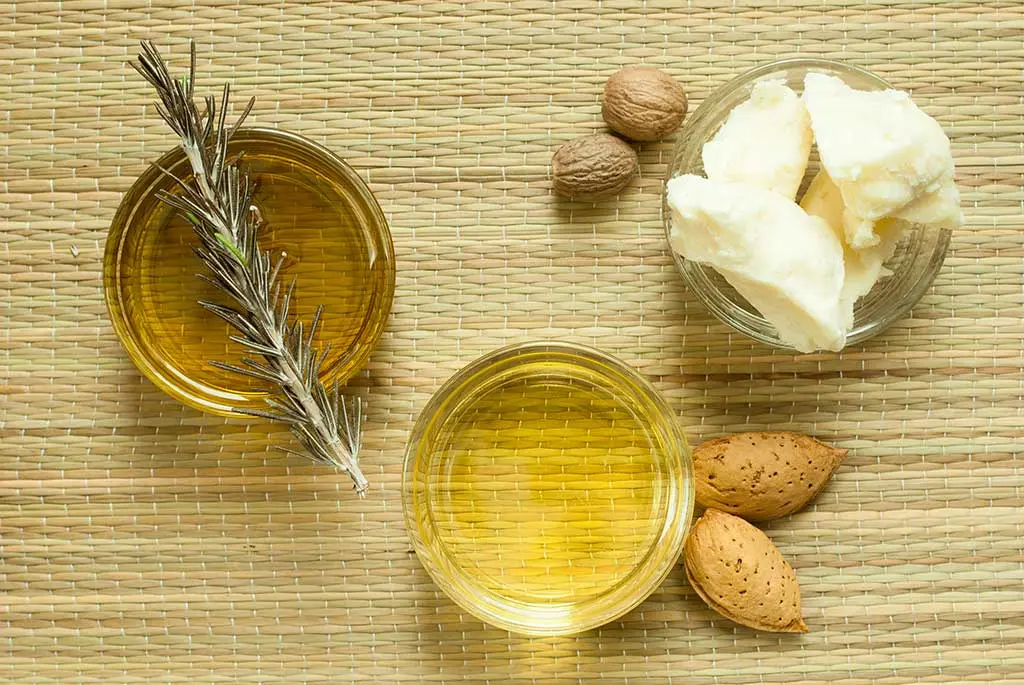
Distribution: Across the “Shea Belt” from West to East Africa; Ghana, Nigeria, and Burkina Faso account for 70% of global production.
Harvesting: Handpicked from wild trees; community cooperative purchasing is well-established.
Seasonality: Peak season is May-August; storage facilities are needed to ensure year-round production.
Quality Variations: Moisture content ranges 15%-30%; drying and pre-treatment equipment are required for stable quality.
Supply Risks: Climate change, political instability, and raw material price fluctuations may affect steady supply. Long-term contracts and inventory management can mitigate these risks.
Process: Cleaning → Magnetic separation → Crushing → Roasting & Conditioning
Purpose: Improve pressing efficiency and oil quality
Recommended Equipment: QIE Gravity Destoner + Drum Roaster (precise 110°C temperature control)
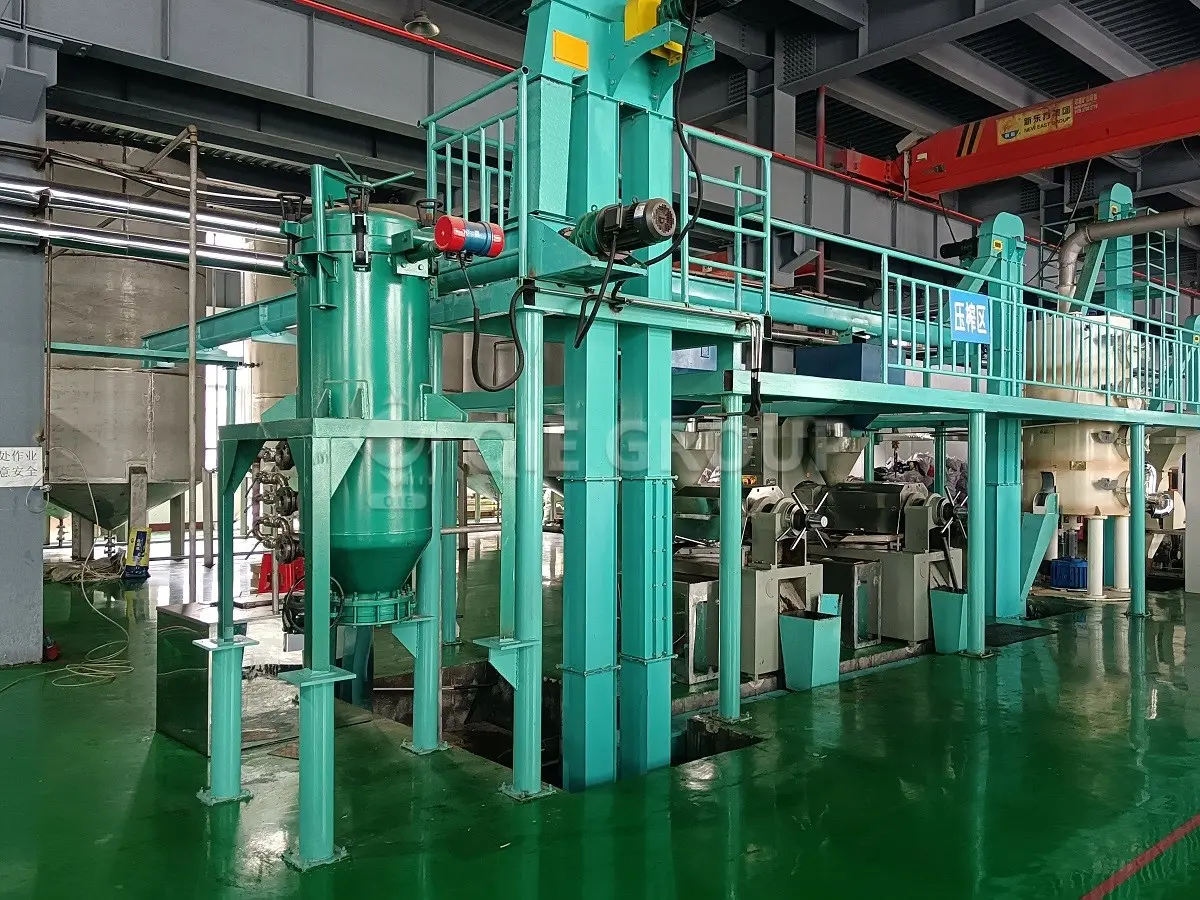
| Method | Residual Oil | Advantages | Disadvantages |
|---|---|---|---|
| Mechanical Screw Press | 14%-16% | Retains natural active components; lower energy consumption | Slightly lower yield; suitable for small to medium plants |
| Solvent Extraction | <1% | High yield; suitable for large-scale production | Complex process; requires environmental treatment |
Recommended Equipment: QIE screw oil press, capacity 10–500TPD, with three-phase centrifuge separation for reduced impurities.
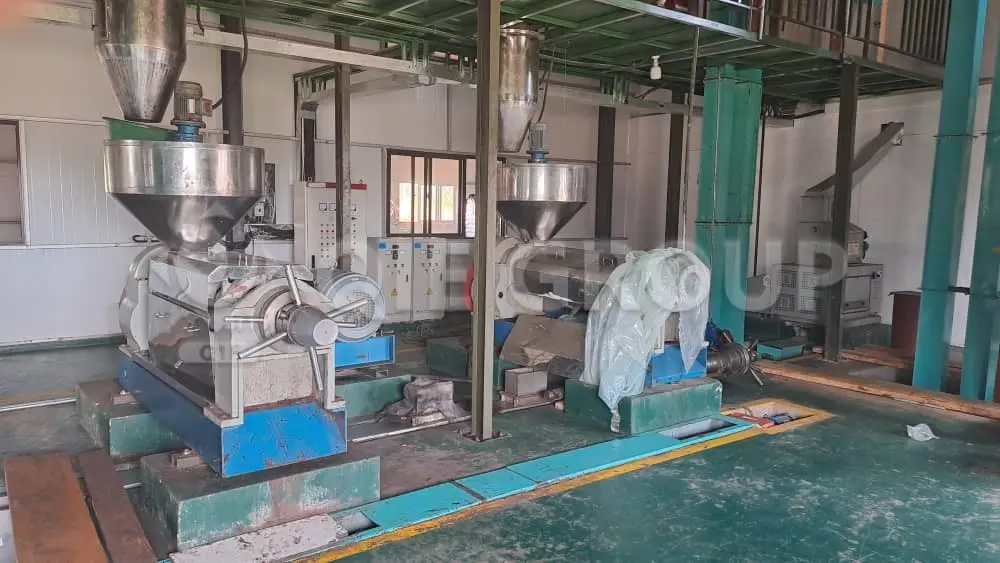
Four-step refining: Degumming → Neutralization → Bleaching (activated clay) → Deodorization (240°C vacuum)
Packaging: Cosmetic-grade in light-proof sterile containers; food-grade compliant with ISO 22000 standards
Recommended Equipment: Continuous deodorization tower + plate-and-frame filter, achieving pharmaceutical-grade purity
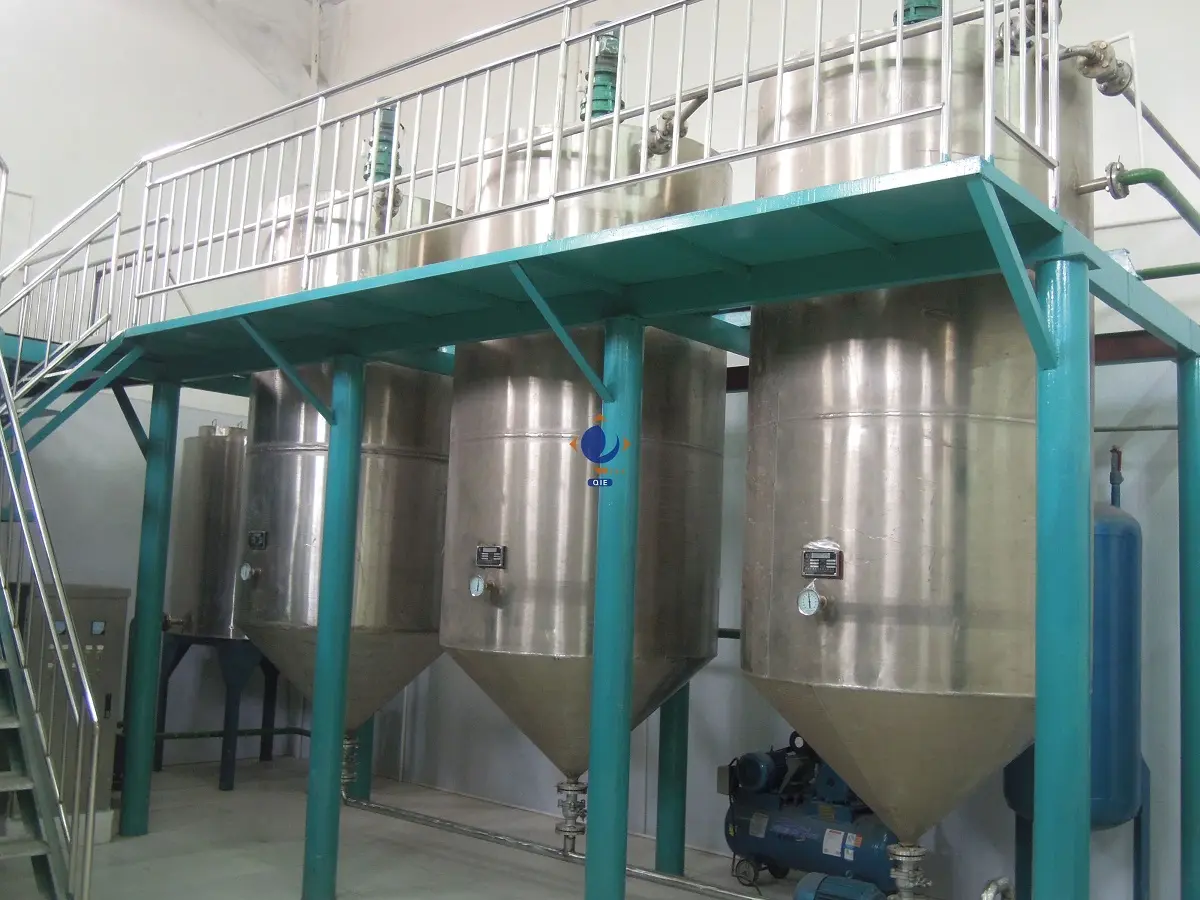
Raw Material Processing: Washer, sheller, crusher, cooking/roasting kettle
Pressing Equipment: Screw oil press, hydraulic press
Solvent Extraction: Extractor, evaporator, condenser
Refining Equipment: Degumming machine, neutralizer, bleaching unit, deodorizer
QIE Group provides a full EPC turnkey solution for shea butter oil processing, covering the entire process from raw material handling to refining, with 100+ successful international projects.
Equipment: approx. $1–1.8 million
Plant and Infrastructure: approx. $0.3–0.5 million
Processing cost: approx. USD 700–900/ton for crude shea butter (including raw material, energy, labor, and maintenance).
Product selling price:
Food-grade refined shea butter: USD 2,000–2,800/ton
Cosmetic-grade refined shea butter: USD 3,500–5,000/ton
👉 Actual selling prices vary depending on export markets, certification (organic/fair trade), and customer channels.
Taking a 200 TPD plant as an example:
If focusing mainly on food-grade oil, net profit margin can be around 15%–25%.
If targeting the high-value cosmetic-grade segment, net profit margin may reach 30%–40%.
Typical payback period: 2.5–4 years under 70% capacity utilization.
Small-scale plants may take 4–5 years to break even due to limited output.
Large-scale plants, benefiting from economies of scale and secured export contracts, may achieve payback within ~3 years.
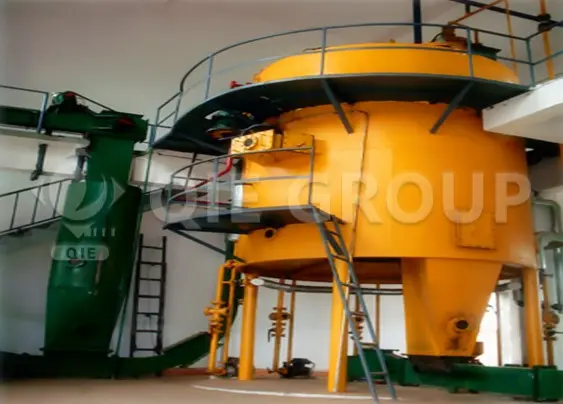
Local Policies: Countries like Ghana and Nigeria offer 5year tax exemptions for processing plants
Export Advantages:
EU market: Shea butter listed as “eco-friendly product,” lower tariffs
North America: FDA certification allows entry into premium food and health product markets
China Cooperation: “Belt and Road” China-Africa capacity cooperation fund supports equipment export financing
Certification Process: ISO, HACCP, FDA certification typically requires 6–12 months
Plant Location: Prioritize Ghana or Nigeria near raw material hubs to reduce logistics costs
Construction Strategy: Phase construction — start with pressing workshop, later expand refining line
Equipment Selection: QIE Group provides a full set of turnkey solutions from shea butter oil extraction to refinery
Take Action Now: Contact QIE professional team to receive a tailored shea butter oil processing plant solution. Maximize your investment efficiency and produce high-quality shea butter at low cost!


.webp?x-oss-process=image/resize,h_800,m_lfit/format,webp)








